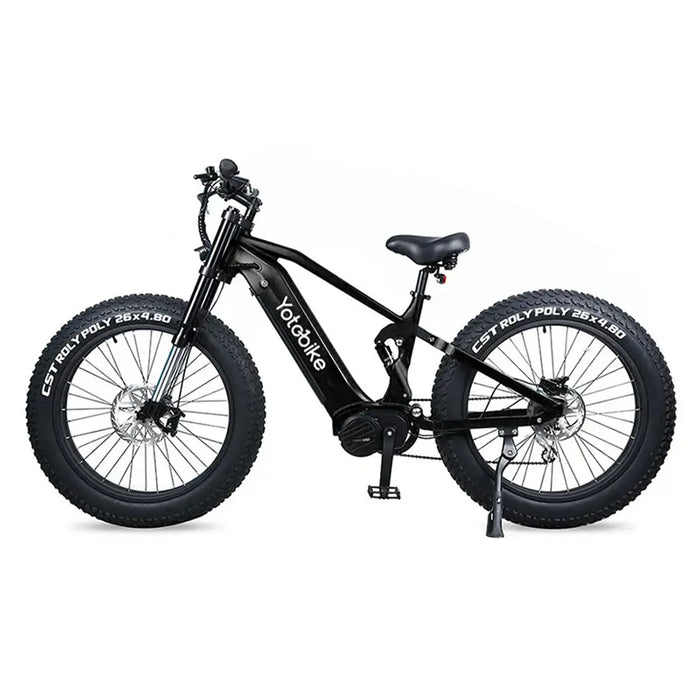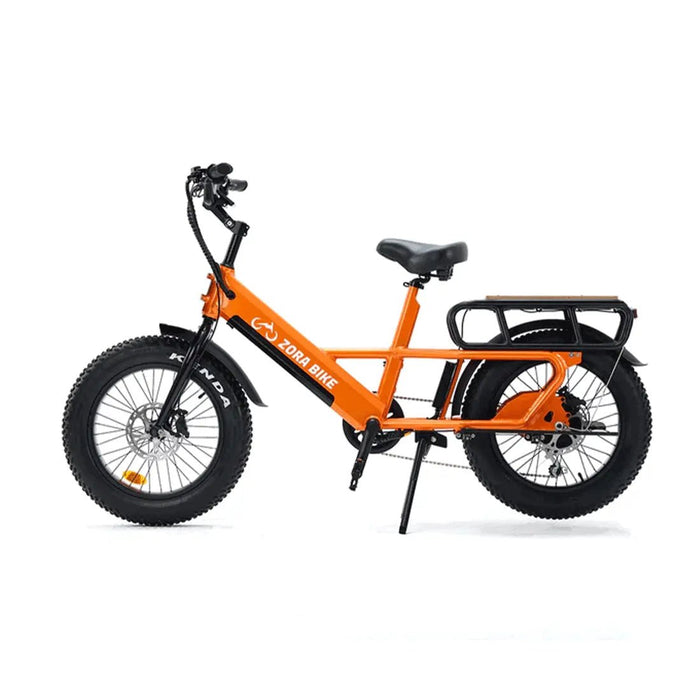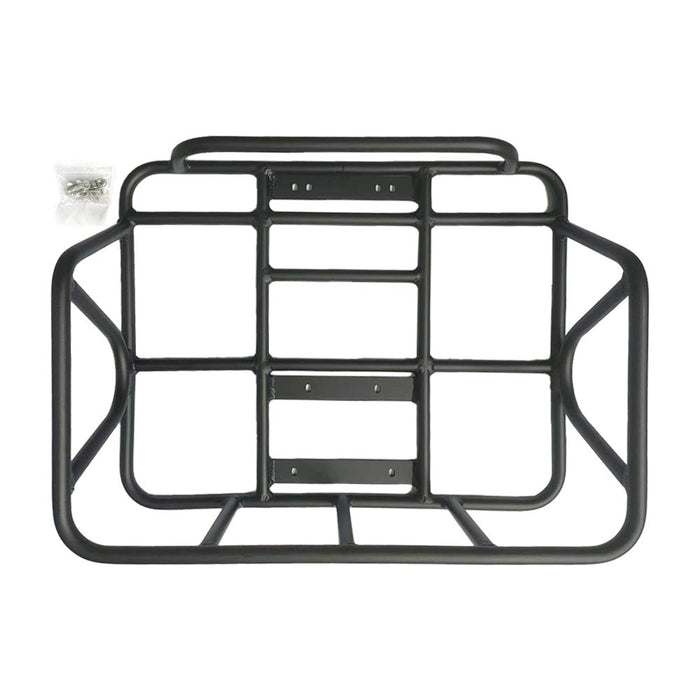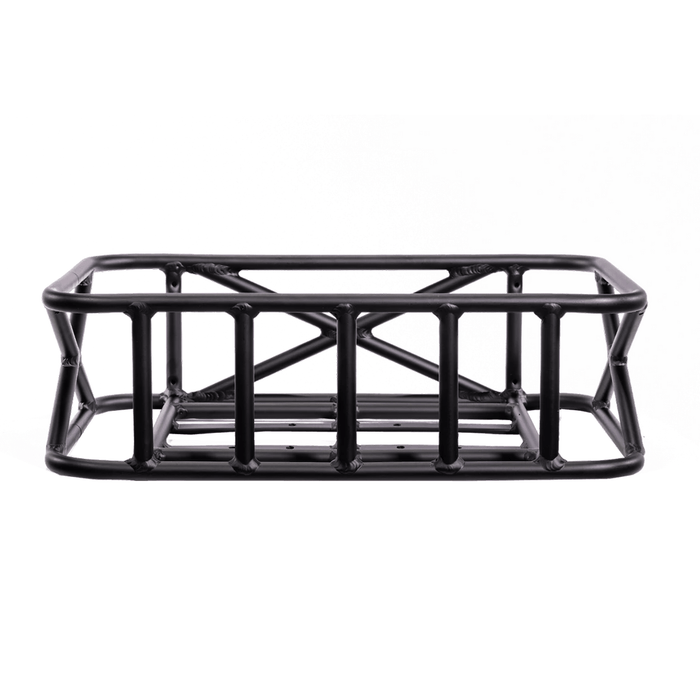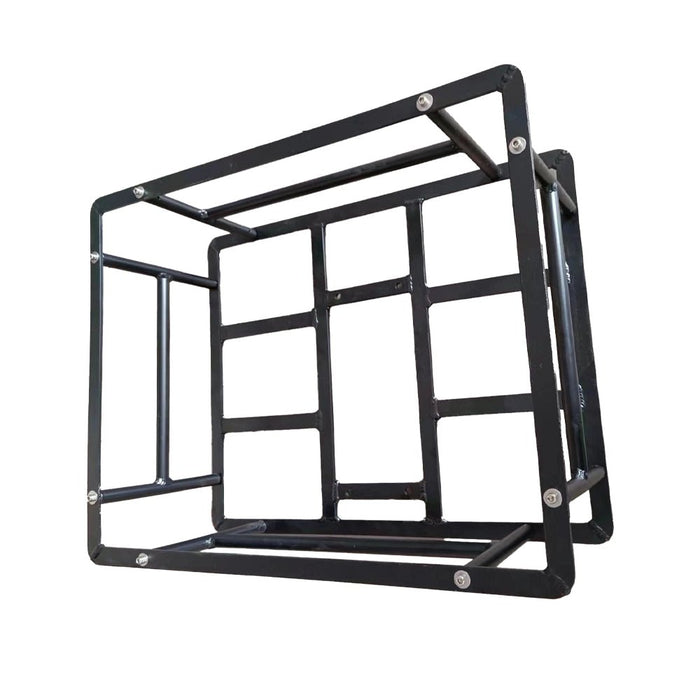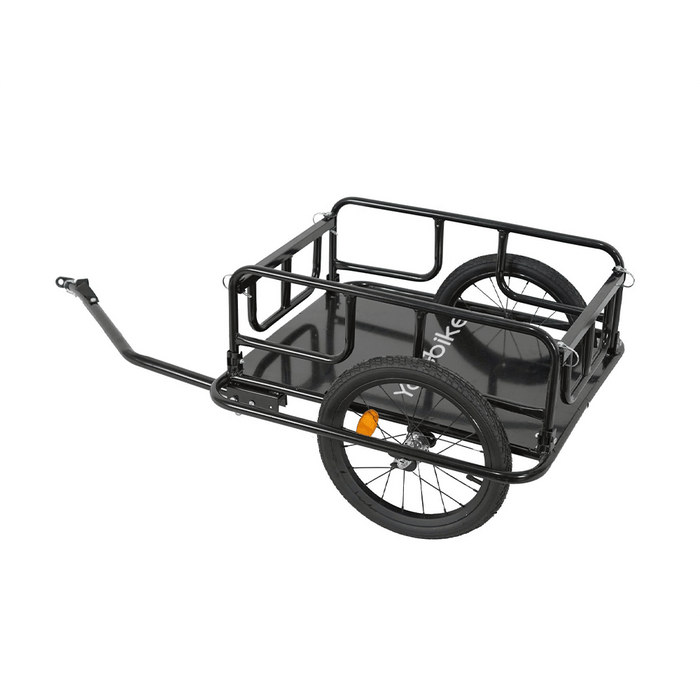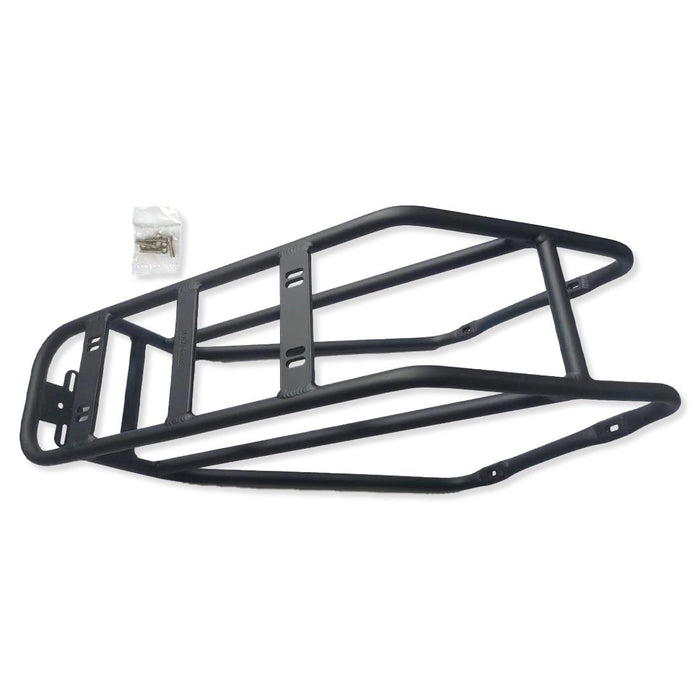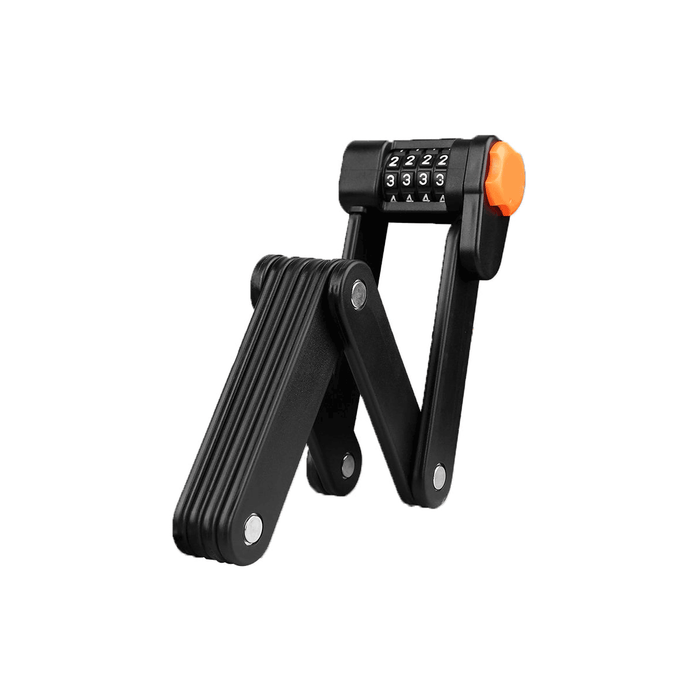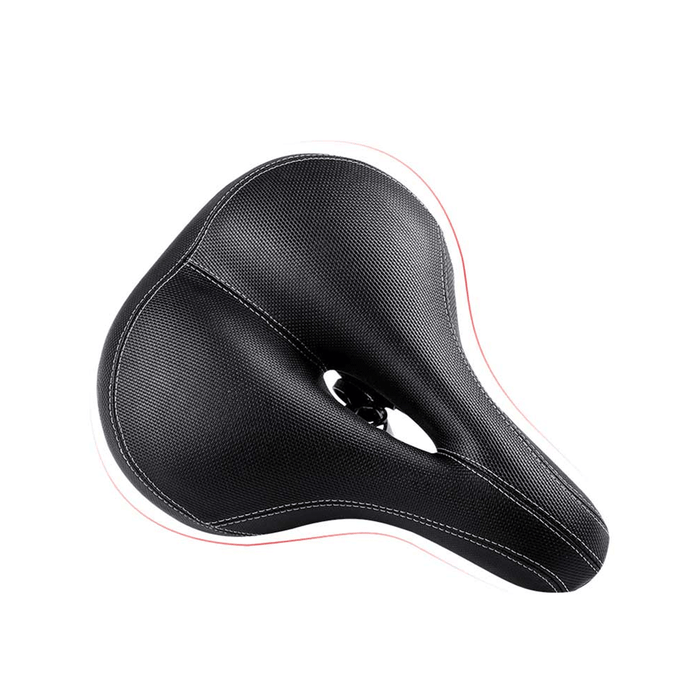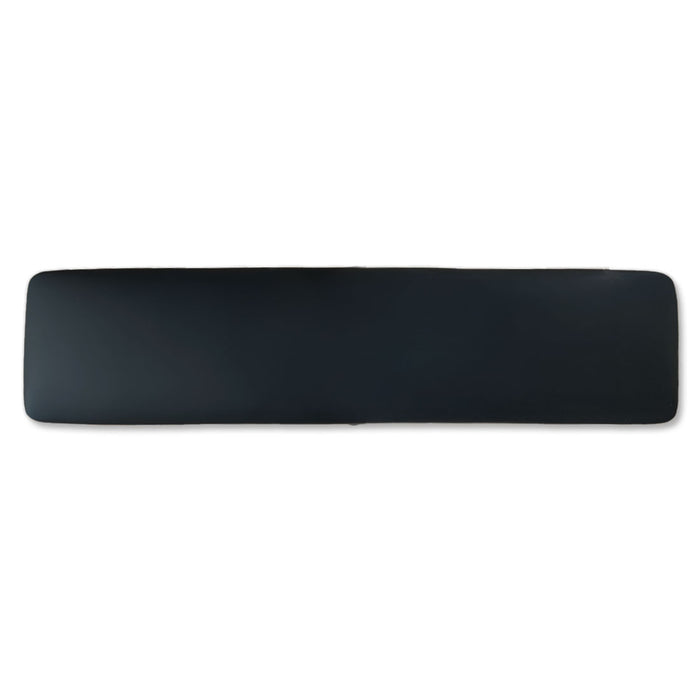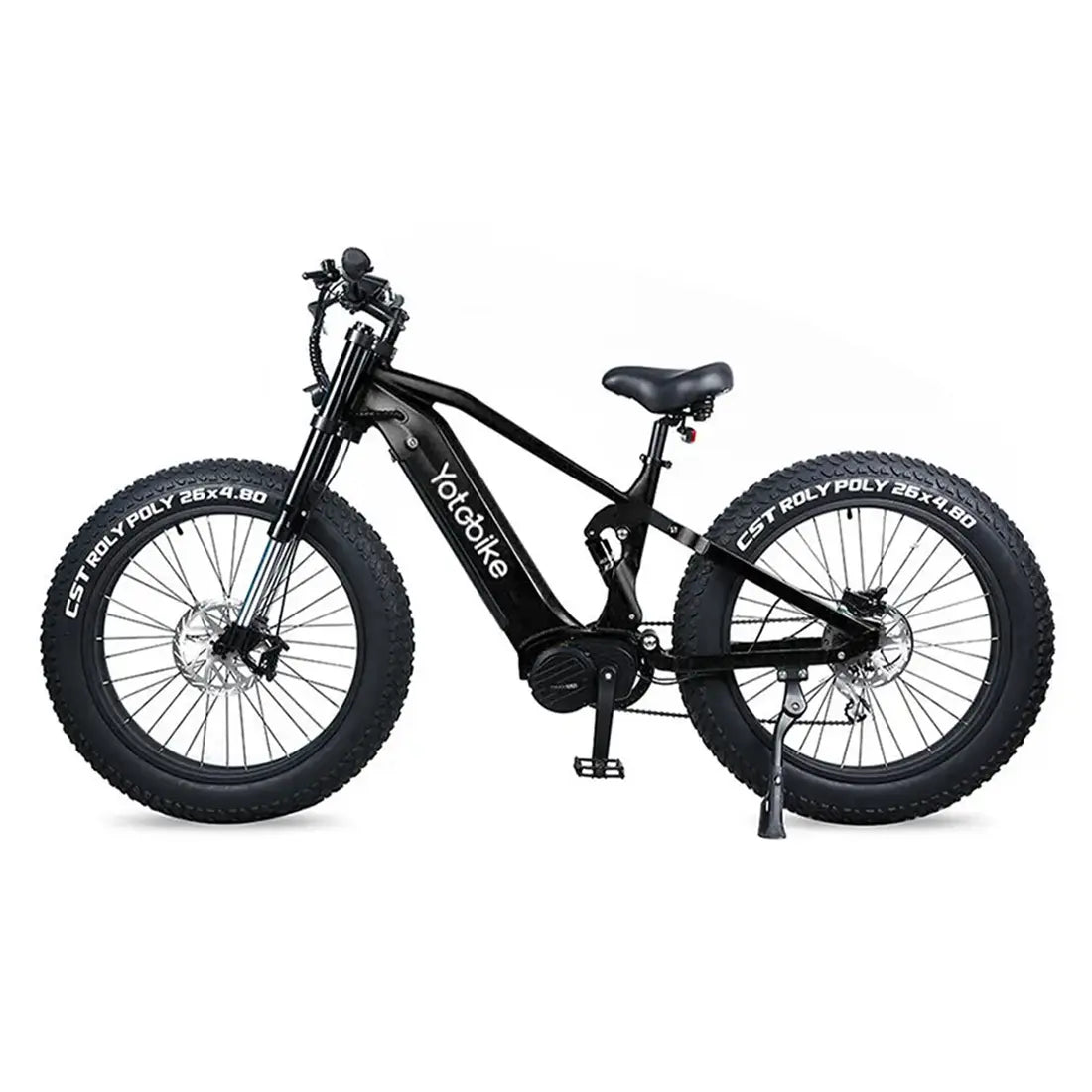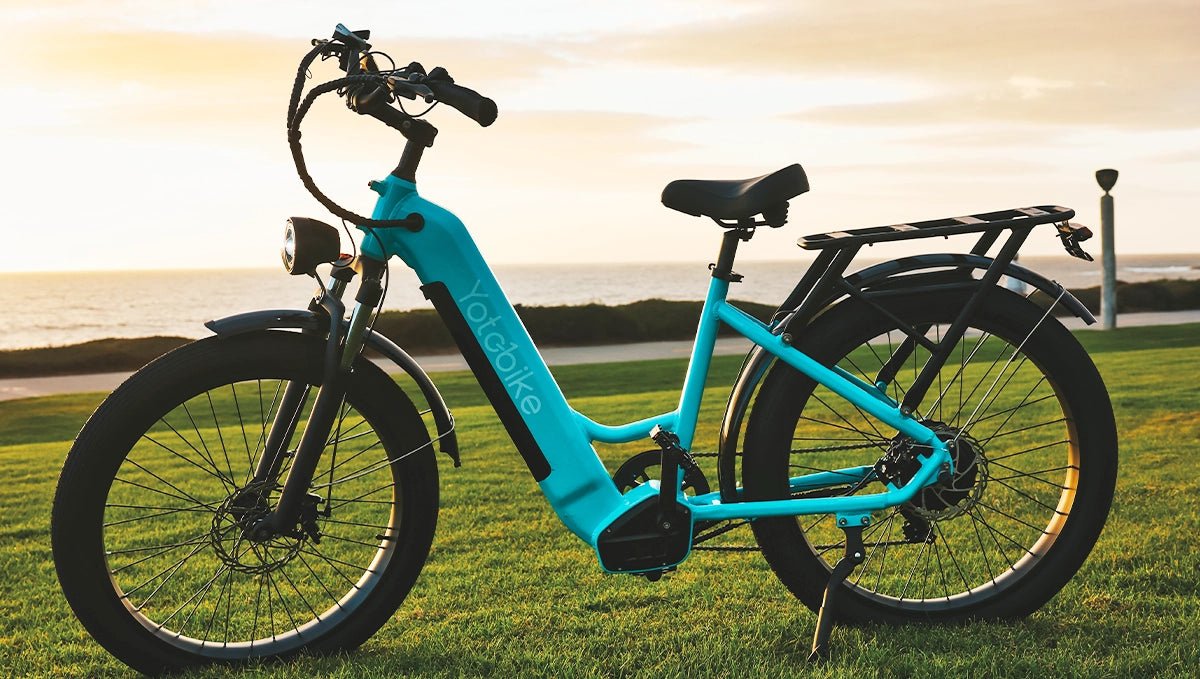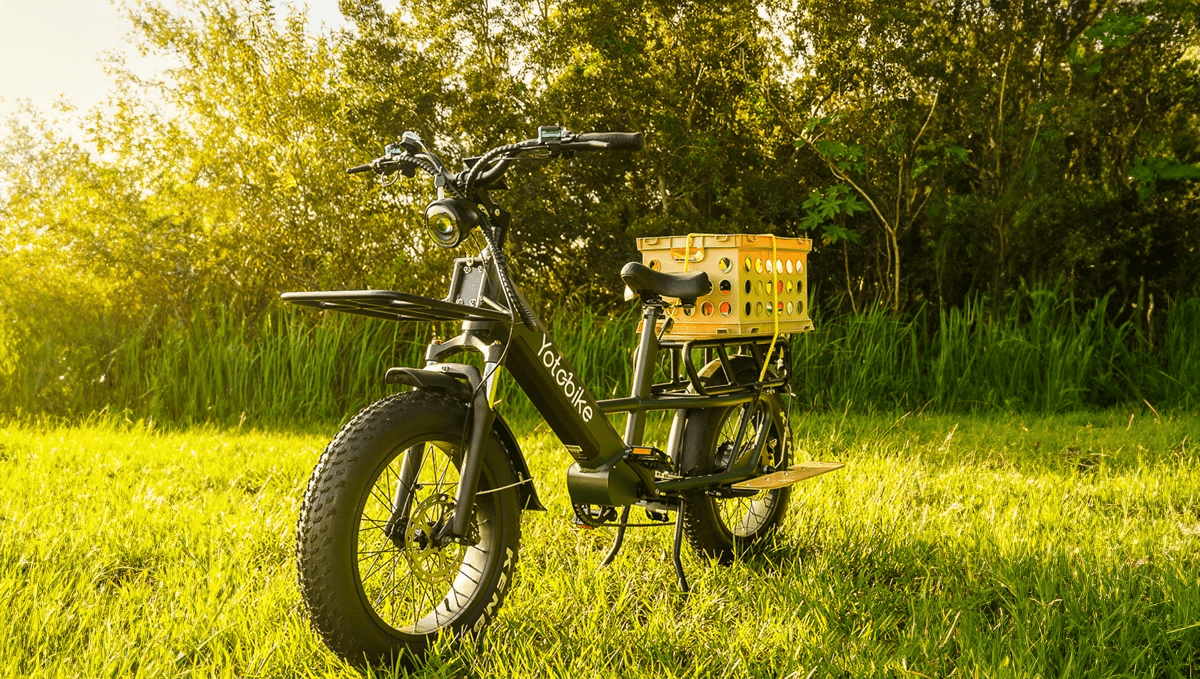
Fat tires have gained popularity in recent years, especially among mountain bikers and off-road enthusiasts. These wide and chunky tires offer a unique riding experience and come with their own set of advantages and disadvantages. In this blog post, we will compare the pros and cons of fat tires to help you make an informed decision.
Pros of Fat Tires
1. Increased Traction: The wider surface area of fat tires provides excellent traction on various terrains, including snow, sand, and mud. This allows riders to maintain control and stability, even in challenging conditions.
2. Enhanced Stability: Fat tires offer a more stable ride due to their larger contact patch with the ground. This stability is particularly beneficial for beginners or riders who prefer a more relaxed and comfortable riding experience.
3. Improved Floatation: The low tire pressure used in fat tires allows them to "float" on soft surfaces like snow or sand. This reduces the risk of sinking or getting stuck, making fat tires an ideal choice for winter or beach riding.
4. Better Shock Absorption: The larger volume of air in fat tires acts as a natural suspension system, absorbing shocks and vibrations. This results in a smoother ride, reducing fatigue and discomfort, especially on rough or bumpy trails.
5. Increased Versatility: Fat tires can be used on a wide range of bikes, including mountain bikes, fat bikes, and even some electric bikes. This versatility allows riders to explore different terrains and adapt their bikes to various riding styles.
Cons of Fat Tires
1. Increased Weight: The wider and heavier construction of fat tires adds extra weight to the bike. This can make uphill climbs more challenging and require more effort from the rider.
2. Slower Speed: Due to their increased weight and rolling resistance, fat tires are generally slower on smooth surfaces compared to narrower tires. Riders looking for high-speed performance may find fat tires less suitable.
3. Limited Maneuverability: The wide profile of fat tires can affect the bike's maneuverability, especially in tight corners or technical sections. Riders who prioritize agility and quick handling may prefer narrower tires.
4. Higher Cost: Fat tires are typically more expensive than standard tires due to their specialized design and construction. This can be a deterrent for budget-conscious riders or those who don't frequently ride on challenging terrains.
5. Limited Availability: While fat tires have become more popular, they may still be less readily available compared to standard tires. This can make it harder to find replacements or different tire options in certain areas.
Ultimately, the decision to use fat tires depends on your specific riding preferences and the terrain you plan to tackle. If you prioritize traction, stability, and comfort on diverse surfaces, fat tires can be a great choice. However, if speed, maneuverability, or budget are your main concerns, narrower tires may be more suitable. Consider your riding style, terrain, and personal preferences to make an informed decision that enhances your biking experience.
Fat tires offer a variety of advantages over traditional tires, including traction, improved stability, and enhanced comfort, which make them adaptable to a variety of activities and conditions, such as off-road riding, snow biking, beach cruising, urban cycling, and touring.




